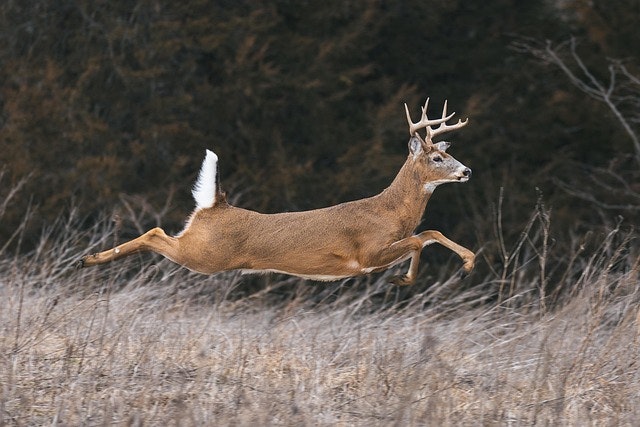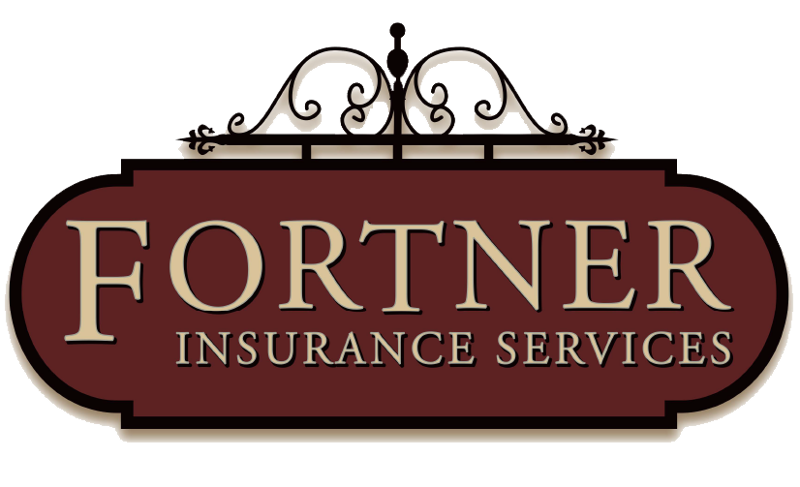
As fleet managers and commercial drivers, ensuring the safety and reliability of your vehicles is crucial for business continuity. The fall season, while picturesque, introduces unique driving challenges. Deer collisions, particularly prevalent from October through December, can pose serious dangers and financial disruptions. With the U.S. witnessing a staggering $1 billion in annual damages due to these incidents, averaging $3,000 per repair, it's critical to prioritize safety.
Peak Hours Alert
Deer are most active at dawn, dusk, and overnight. These transitional times reduce visibility, making it imperative to slow down and stay alert. Understanding these peak hours can significantly lessen the likelihood of collisions.
Stay in Your Lane
When a deer suddenly appears in front of you, your instinct might be to swerve. However, this could lead to more severe accidents. Instead, brake firmly and try to stay in your lane. Controlled actions help prevent rollover incidents or collisions with other vehicles.
Visibility is Key
Utilize your high beams where possible to improve visibility. This not only helps in spotting deer from a distance but also lets the deer sense your presence earlier, reducing potential encounters.
The Power of Signs
Pay close attention to deer crossing signs, especially in high-traffic areas known for frequent deer movements. These signs are placed strategically based on historical data and observation, serving as vital precautions.
After a Collision Protocol
If a collision is unavoidable, here are essential steps to follow: move to safety as quickly as possible, activate your hazard lights, and contact law enforcement. It's also crucial to inform your insurance contact to start the claims process promptly.
Belt Up
No matter the situation, always wear your seat belt for maximum protection. This simple action can drastically reduce the risk of injury in the event of a collision.
Look for Groups
Deer rarely travel alone. If you spot one, be on the lookout for others that may follow. Anticipating multiple deer crossings can be the difference between a close call and an accident.
Awareness and preparation can greatly reduce deer-related incidents. Educating your fleet now, at the peak of the season, ensures minimal risk and efficient operations. Don’t wait for an accident to review your auto policy. Proactively engage with a risk management expert to evaluate your protective measures today.
